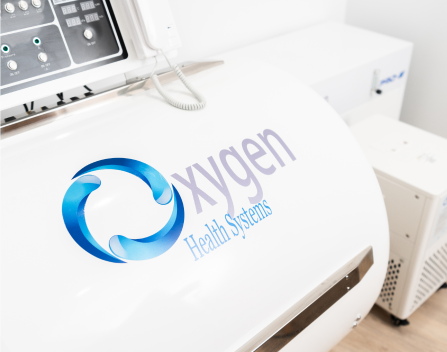Fast Facts: Hyperbaric Oxygen Therapy in 60 Seconds
- Hyperbaric Oxygen Therapy (HBOT) is a therapeutic treatment in which a person breathes pure oxygen in a pressurised chamber. This helps to increase the amount of oxygen that reaches the body’s tissues.
- During a 60- or 90-minute HBOT session, the person’s bloodstream becomes filled with oxygen-rich plasma, which is then carried to damaged tissues to reduce swelling, fight infection, improve immune function, and accelerate healing.
- HBOT is considered a beneficial addition to traditional medical treatments for various conditions. It works by utilising the body’s natural healing processes.
- Hyperbaric Oxygen Therapy is a profoundly calming experience for most people. It provides a break from the hustle and bustle as the body absorbs pure oxygen.
- During the therapy, participants hear a hissing sound as the oxygen enters the chamber, feel a slight temperature rise, and may experience some fullness in the ears and mild lightheadedness (comparable to the changes in pressure felt during air travel).
- Therapeutic hyperbaric oxygen therapy chambers are commonly found in two forms: individual hardshell chambers, which gradually pressurise with 100% oxygen up to a maximum of 2.0 ATA, and individual softshell chambers, which gradually pressurise with 100% oxygen up to a maximum of 1.3 ATA.
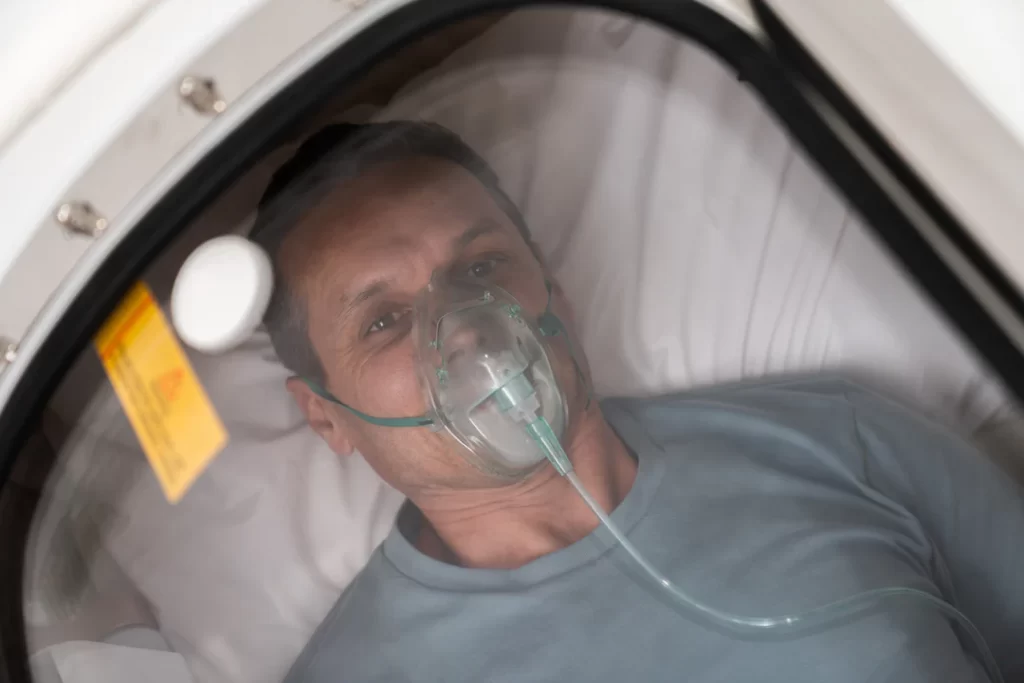
A person in a hardshell hyperbaric oxygen therapy chamber breathes pure oxygen during a therapy session.
The Origins of hyperbaric oxygen therapy
Hyperbaric oxygen therapy emerged in the United States during the early 20th century. It garnered renewed attention in the 1940s when the U.S. Navy utilised it to address decompression sickness among deep-sea divers. By the 1960s, its application expanded to include the treatment of carbon monoxide poisoning.
Presently, hyperbaric oxygen therapy remains a valuable treatment option for sick scuba divers and individuals afflicted with carbon monoxide poisoning, notably firefighters and miners. Moreover, it has gained approval for over a dozen conditions spanning from burns to bone diseases, encompassing a diverse range of medical needs including:
- Acute or traumatic reduced blood flow in the arteries
- Compromised skin grafts and flaps.
- Infection in a bone (osteomyelitis) that doesn’t respond to other treatment.
- Delayed radiation injury
- Flesh-eating disease (necrotizing soft tissue infection)
- Air or gas bubble trapped in a blood vessel (air or gas embolism)
- Chronic infection called actinomycosis.
- Diabetic wounds that are not healing properly
- Carbon monoxide poisoning
- Cyanide poisoning.
- Crush injuries.
- Gas gangrene (a form of gangrene in which gas collects in tissues)
- Decompression sickness
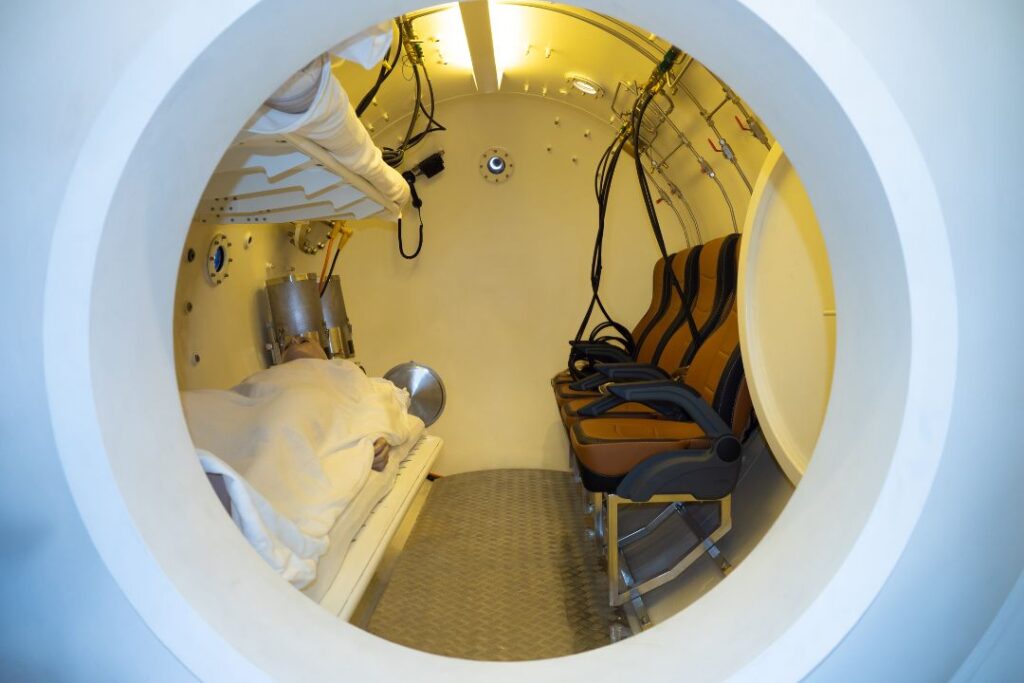
A commercial hyperbaric oxygen therapy chamber as used by divers and individuals afflicted with carbon monoxide poisoning.
How Hyperbaric Oxygen Therapy Works
- HBOT facilitates wound healing by delivering oxygen-rich plasma to oxygen-deprived tissues. Injuries to the skin damage blood vessels, leading to fluid leakage and subsequent swelling. HBOT mitigates swelling while saturating tissues with oxygen, breaking the cycle of oxygen starvation and tissue necrosis. Increased chamber pressure enhances oxygen levels in the blood, promoting healing.
- HBOT prevents “reperfusion injury,” a severe tissue damage occurring when oxygen-deprived tissues regain blood supply. In cases like crush injuries, damaged cells release harmful oxygen radicals, causing tissue damage. HBOT aids in neutralising these radicals, allowing healing to progress uninterrupted.
- HBOT inhibits the action of harmful bacteria and bolsters the immune system. By deactivating bacterial toxins and elevating tissue oxygenation levels, HBOT enhances the body’s resistance to infections. Additionally, it enhances white blood cell function, facilitating the detection and elimination of pathogens.
- HBOT stimulates the production of new collagen and skin cells, fostering tissue regeneration. It promotes the growth of new blood vessels and triggers the release of substances like vascular endothelial growth factor, crucial for tissue repair. These mechanisms promote the proliferation of endothelial cells essential for healing processes.
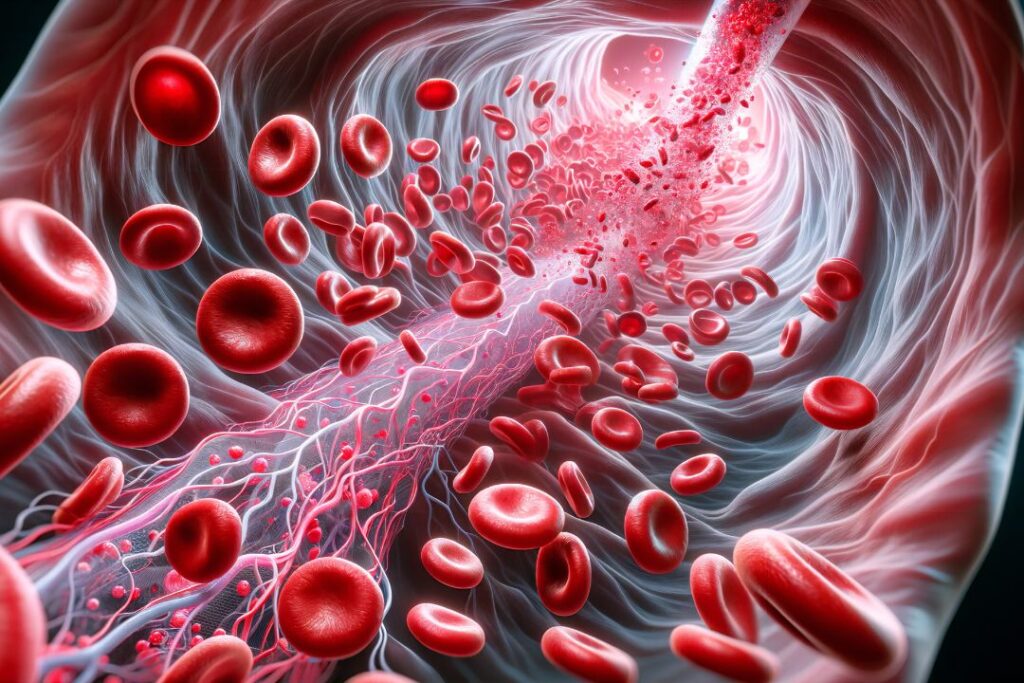
Ai Generated visualisation of a hyper oxygenated arterial bloodflow from hyperbaric oxygen therapy
Types of hyperbaric oxygen chambers/Chamber Structure
There remains some confusion regarding the various types of HBOT chambers available. While many are acquainted with this popular treatment, there’s often a misconception about the typical options for chambers. Although chamber types may vary in material and construction, this aspect significantly impacts the level of treatment they offer.
Hard shell hyperbaric chambers feature a sturdy, rigid design, often crafted from materials like metal or acrylic. Renowned for their durability, these chambers are capable of withstanding high pressures, making them the preferred choice for high-quality construction and go up to 2.0ata.
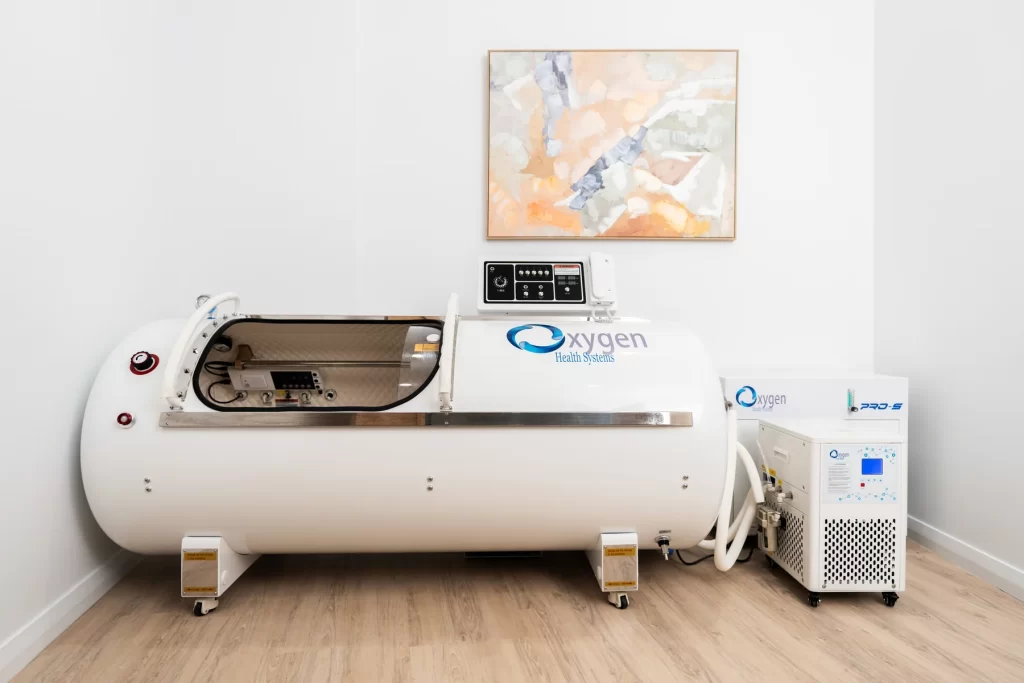
2 ATA Hyperbaric Hard Shell Oxygen Chamber installed at Element Health Optimisation Centre
In contrast, soft shell hyperbaric chambers boast a flexible and inflatable structure, typically constructed from materials like polyurethane. While these chambers are more portable and easier to set up, they may compromise on the pressure they can handle due to their material composition and is limited to a maximum of 1.3-1.4 ata.
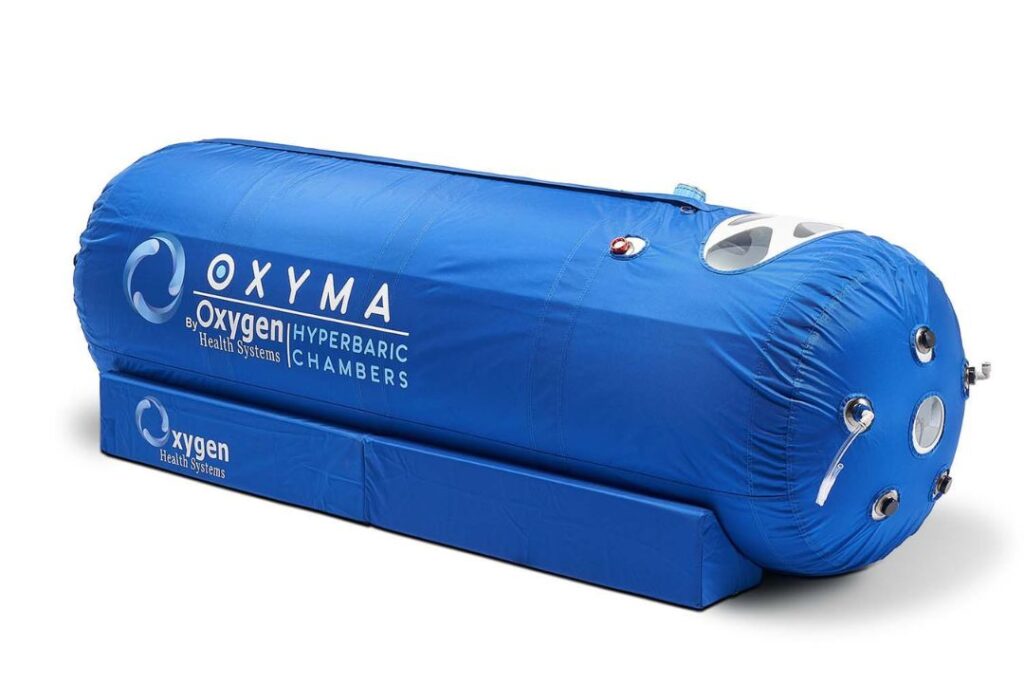
Soft Shell Hyperbaric Therapy Chambers are typically lower in cost, portable, boast the flexibility of an inflatable structure and are often restricted to lower pressure ratings.
What happens during HBOT
During HBOT, individuals relax and lie comfortably within the chamber, engaging in deep breathing exercises. Sessions typically span from 60 to 90 minutes, although durations can extend up to 300 minutes based on treatment requirements. As pressure increases, you may experience a sensation of ear plugging, akin to changes in altitude. Methods like swallowing or chewing gum can alleviate this discomfort. Throughout the session, oxygen-rich blood circulates throughout the body, rejuvenating injured tissues. Post-session, mild side effects such as light-headedness, fatigue, or headaches may occur. Multiple sessions are normally required to achieve optimal benefits of HBOT.
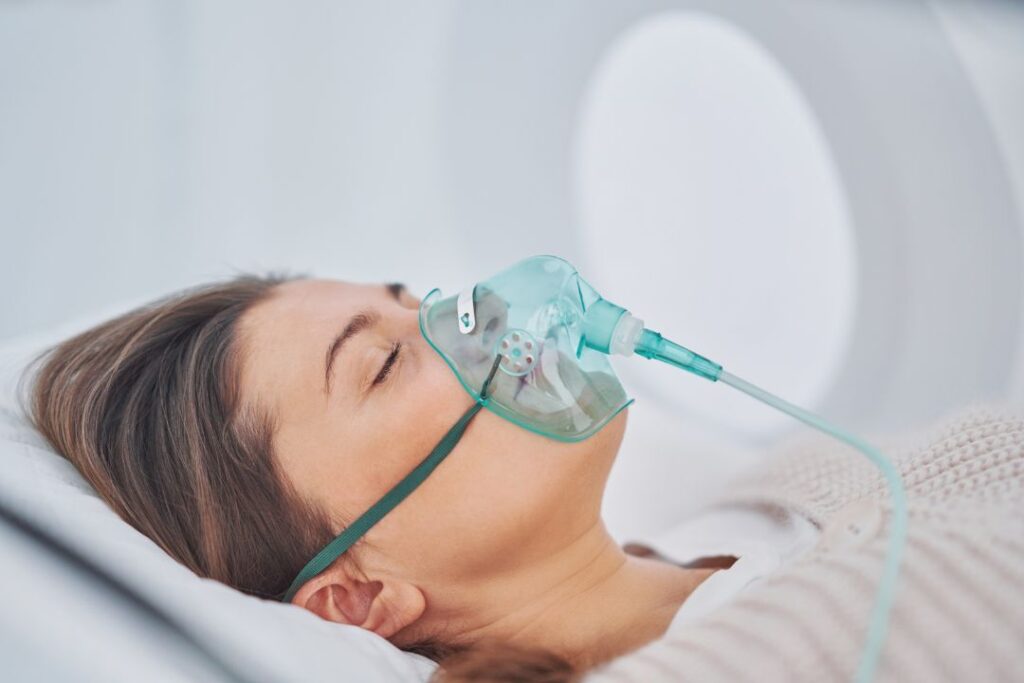
For most people, Hyperbaric Oxygen Therapy is a profoundly calming experience. It provides a break from the hustle and bustle as the body takes in pure oxygen.
Where can I learn More about Hyperbaric Oxygen Therapy?
The following resources have been provided to assist those who are interested in learning more about recent studies on the use and effectiveness of HBOT in the treatment of various conditions.
-
How often should you do hyperbaric oxygen therapy
The frequency of Hyperbaric Oxygen Therapy (HBOT) sessions varies based on individual health conditions and goals, typically involving daily sessions five times a week, with the total number ranging from a few to 40 or more, emphasising the importance of consistency for optimal results.read more
-
Hyperbaric oxygen therapy and cancer – a review
This study reviews the safety and potential anti-tumor effects of Hyperbaric Oxygen (HBO) treatment in cancer patients… view study
-
Hyperbaric oxygen & wound healing
This study highlights the effectiveness of Hyperbaric Oxygen Therapy (HBOT) in treating non-healing and infected wounds, radiation-induced injuries, and other traumatic wounds, advocating for its consideration as a crucial component of comprehensive treatment plans for these conditions. view study
-
HBOT & post COVID19 conditions
This randomised, sham-controlled, double-blind trial demonstrates that Hyperbaric Oxygen Therapy (HBOT) significantly improves cognitive, psychiatric, fatigue, sleep, and pain symptoms in post-COVID-19 patients, likely due to increased brain perfusion and neuroplasticity. view study
-
HBOT & Chronic Fatigue Syndrome
This study assessed the efficacy of hyperbaric oxygen therapy (HBOT) in managing chronic fatigue syndrome (CFS), finding that HBOT significantly improved fatigue severity, fatigue-related quality of life, and visual analog fatigue scale scores in patients diagnosed with CFS, suggesting its potential as a new treatment modality… view study
-
Enhanced Physical Performance
This blinded, randomised controlled trial evaluates the effect of intermittent Hyperbaric Oxygen Therapy (HBOT) on physical performance and mitochondrial function in middle-aged master athletes, showing significant improvements in maximal oxygen consumption, power, anaerobic threshold, mitochondrial respiration, and mitochondrial mass, suggesting HBOT’s potential to enhance endurance performance in healthy adults… view study
-
HBOT and the Immune System
This study examined the effects of hyperbaric oxygen therapy (HBOT) on the immune system of healthy young men. The researchers found that after three HBOT sessions, certain immune responses, specifically the production of reactive oxygen species (ROS) and the ability of white blood cells to engulf harmful particles, were reduced. However, there were no signs of increased overall oxidative stress or widespread inflammation in the body… view study
-
Diabetic Foot/Type 2 Diabetes
In this study, Hyperbaric oxygen therapy (HBOT) is suggested as a useful addition to standard treatments for conditions like delayed radiation injury and chronic wounds. HBOT increases oxygen in the blood, aiding tissue healing through enhanced blood vessel formation, reduced inflammation, and decreased tissue swelling. It is particularly used for diabetic ulcers, potentially improving healing in ischemic tissues, though its impact on amputation rates is debated. While generally safe, HBOT can cause minor side effects such as ear pressure and claustrophobia…. view study
Precautions and Suitability
HBOT may not be suitable for those with recent ear surgery or injury, specific lung conditions, colds, or fevers. To find out more about the suitability of hyperbaric oxygen therapy for achieving your performance and recovery, longevity or healing journey, contact your GP or speak to one of Element Health Optimisation Centre’s team today
Try HBOT today with 50% off your first treatment!
For a limited time, new customers can experience Hyperbaric Oxygen Therapy with a whopping 50% off your first treatment.
